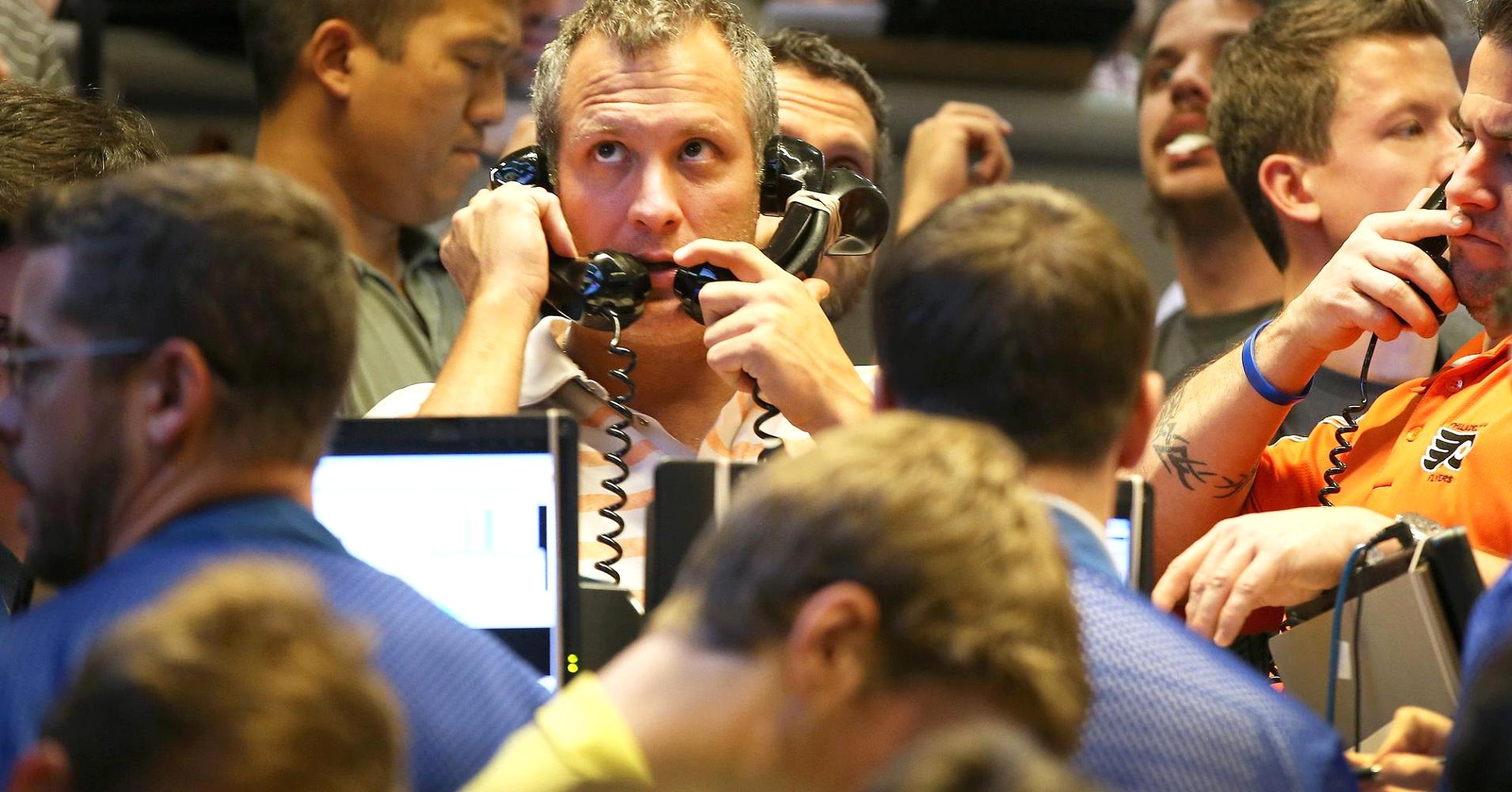
Wall Street is buzzing over what the recent sell-off in the stock market means for investors and what will happen next.
Gluskin Sheff and Associates’ David Rosenberg found one aspect of the decline very peculiar and warned it is similar to time periods with significant market turmoil.
The S&P 500 fell officially into correction territory on Thursday, down more than 10 percent from its record reached in January.
Rosenberg noted how the yield on the 10-year Treasury note rose 16 basis points during the drop.
“I cannot tell you how rare a market condition this is – that yields are rising into this risk pullback,” he wrote in a note to clients Friday.
Rosenberg cited how bonds rallied during the last financial crisis in 2008 when the market fell and during other big corrections.
“But not this time. This rare occurrence of bond yields rising even as stock markets decline was a feature in 1987 and 1994,” he added. “What these periods had in common was Fed tightening concerns, jitters over economic overheating and an ever-flatter yield curve. One of these years had a huge correction and one had massive volatility and rolling corrections. Pick your poison.”
In terms of the “huge correction” reference, he is referring to the “Black Monday” stock market crash when the Dow Jones industrial average dropped 23 percent on Oct. 19, 1987.
Rosenberg is the chief economist and strategist at Gluskin Sheff and Associates.

